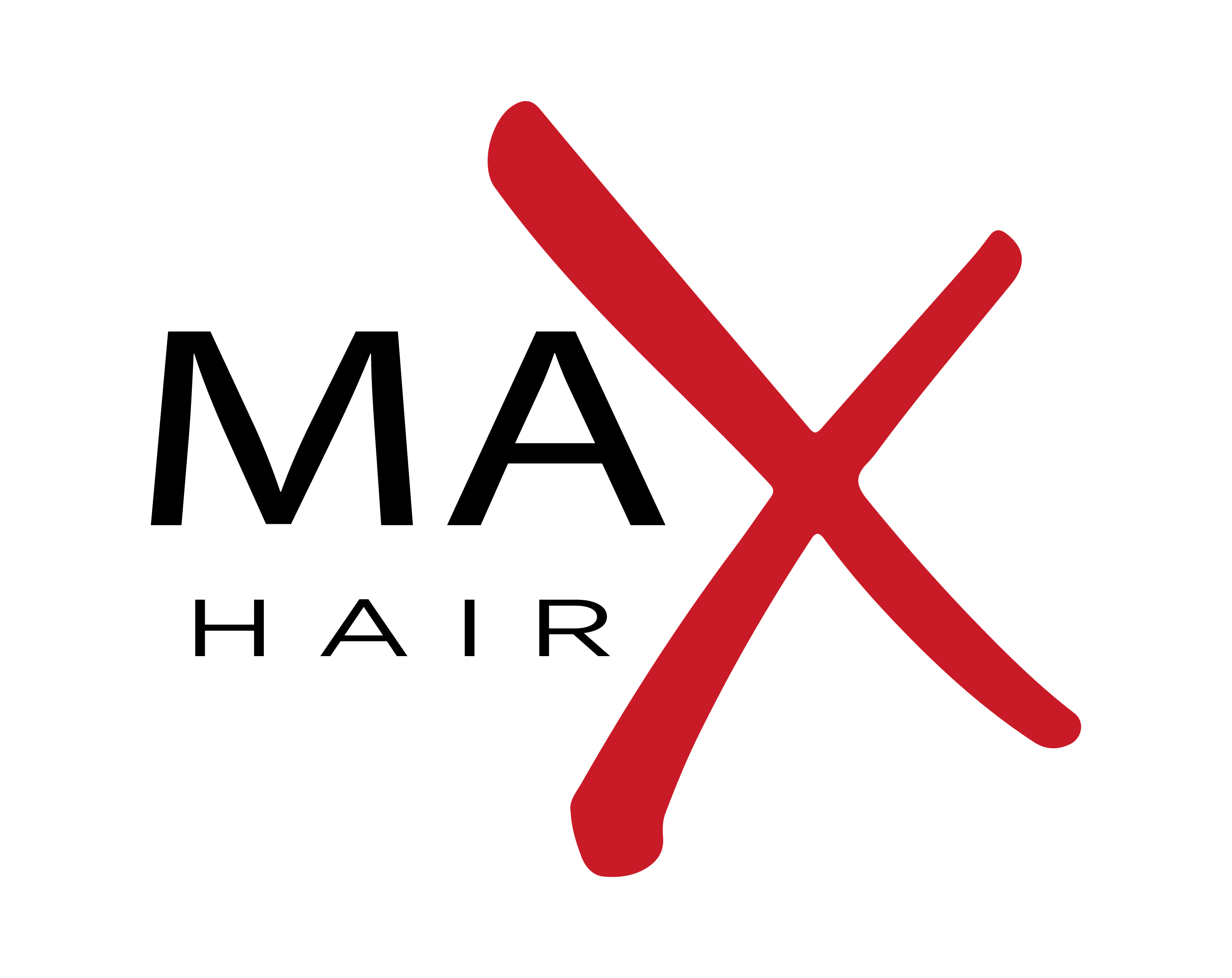Throughout time and with the growth of the beauty industry, services related to hair invariably continue to occupy leading positions.. Hair not only performed a protective and thermoregulatory function, but has also been an important element of the appearance aesthetics. In this article, we will delve into the history of hair extensions, tracing its development from ancient times to the present day, and discuss the role of this element in the beauty industry today.
Ancient Hair Extension Techniques
The history of hair extensions dates back thousands of years. In ancient Egypt, Greece, and Rome, men and women used various techniques and materials to achieve their desired hair volume. Hair was a significant attribute of beauty and status, and the pursuit of longer locks became increasingly creative and sophisticated.
In ancient Egypt, for instance, women used wigs and gradually developed hair extension techniques using mud and other natural materials. In Greece, wigs made from animal wool were popular. Ancient Romans also used hair extensions to create more elaborate hairstyles.
The Middle Ages and the Renaissance
The Middle Ages introduced its own peculiarities to the art of hairstyling. During this period, high hairstyles were popular, which were created using wigs and padded elements. The height and bulk of the hairstyle became a symbol of status and wealth, and many aristocrats used this form of hair extension to emphasize their belonging to the upper echelons of society.
With the Renaissance, hair extensions became more elegant and artistic. New materials, such as silk, were introduced to create more refined and intricate hairstyles. Hair began to be predominantly associated with female beauty, and the approach to hair care became more delicate and thoughtful.
Modern Hair Extensions: Technologies and Trends
With the advent of modern technologies and methods, hair extensions have undergone significant changes. Today, there are numerous ways to achieve luxurious locks in just one day, ranging from classic wigs to modern capsule and tape-in hair extension methods. Materials have also become more diverse, including natural materials (donor hair), synthetic fibers, and silk.
Modern hair extension trends include creating invisible attachments, allowing the new locks to appear more natural and cause minimal discomfort to the owner. Various coloring and toning methods for the extensions are also popular, allowing everyone to express their individuality.
The ancient origins of hair extensions highlight the importance and significance of this procedure. Over time, techniques and materials have become increasingly sophisticated, allowing modern people to choose a unique and personalized option. Hair extensions continue to be a relevant and sought-after service, which means that the history of this service is far from over, and we can expect many more innovations and exciting discoveries.




